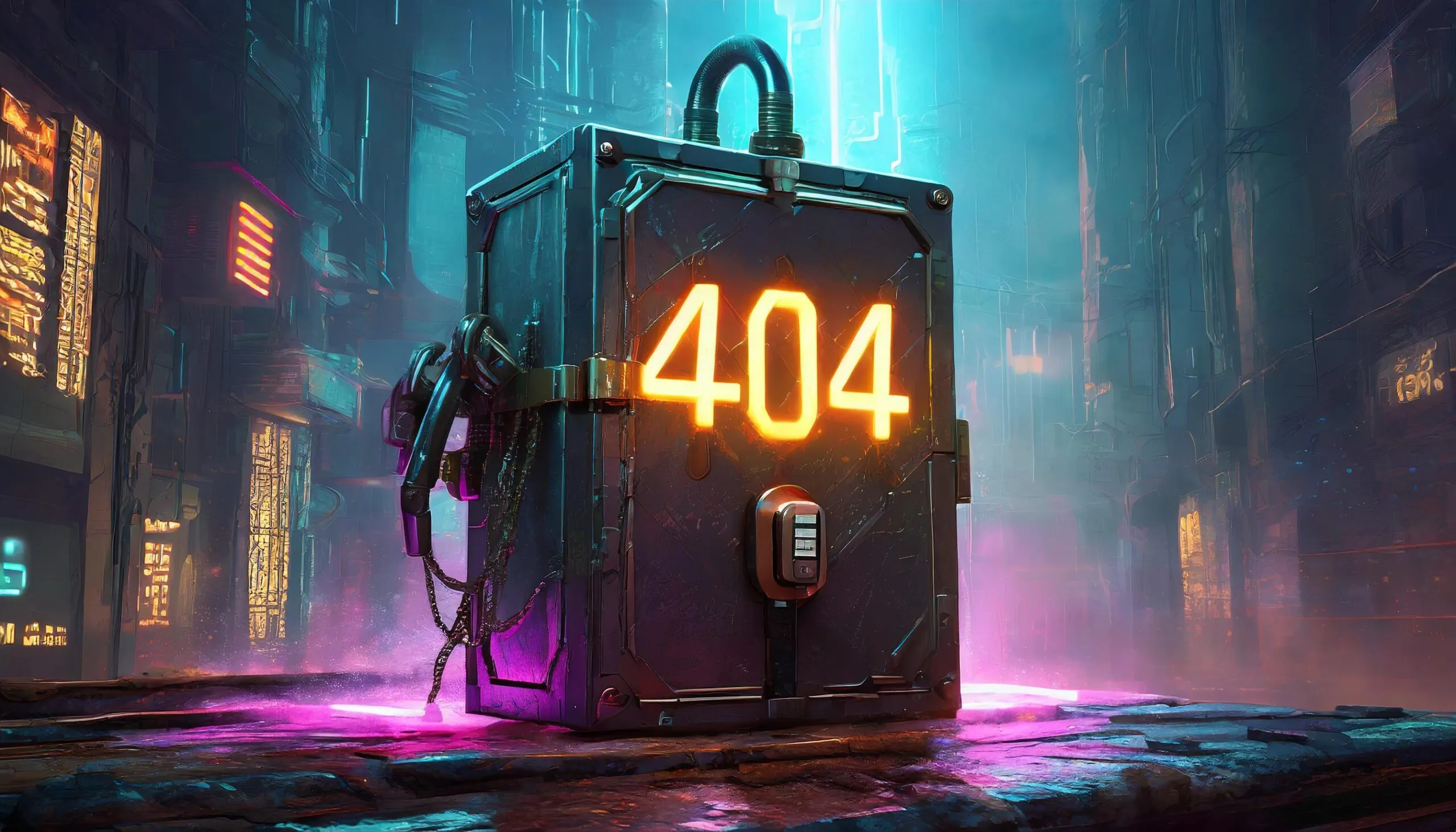Pandora, an Ethereum token and NFT hybrid built on a new and unofficial ERC-404 standard, appears to be recovering from its weekend slump. But another "semi-fungible" experimental Ethereum token standard is starting to roll out to challenge its hot start.
At the time of writing, PANDORA is trading for about $19,755 according to CoinGecko data—a 1% gain from this time yesterday, and a whopping 342% jump from this time last week. The token launched just over a week ago.
Here's how PANDORA tokens work: There are 10,000 ERC-20 tokens that are linked to a collection of 10,000 Replicant NFTs. If you own less than 1 PANDORA, then you will still have the tokens in your wallet, but not a corresponding NFT in your wallet. And if you buy one of the NFTs, then you'll automatically receive 1 PANDORA token. If a user later sells a fraction of their token, then the adjoining NFT will be burned (or permanently destroyed).
The team behind the experimental standard, pseudonymous creators "ctrl" and "Acme," call this native fractionalization. But as with most brand new things in crypto markets, the hybrid token is off to a bumpy start.
The ERC-404 isn't an official Ethereum token standard just yet. And there are even rivals already waiting in the wings.
Pseudonymous developer cygaar said they had been working through the weekend on their own DN404 standard (which stands for Divisible NFT) and had set up a working group for 404 developers.
On Monday afternoon, cygaar announced that the code was available, but that it had not been audited and was in an "alpha" state. They recommended caution in using the code to launch DN404 projects.
If DN404 tokens do launch, they'll be entering choppy waters. PANDORA's market capitalization sank as low as $137 million over the weekend before rebounding to about $198 million on Monday afternoon, according to CoinGecko data. It had been much higher, too, since the token price surged to nearly $32,500 on Friday.
PANDORA is the largest ERC-404 token, but not the only one. It's already been joined by DeFrogs, using the meme-famous Pepe the Frog, and Monkees, which has gone the extra mile to tokenize other on-chain assets like artwork, real estate, and intellectual property.
But just as the BRC-20 and Ordinals craze on the Bitcoin network caused fees to spike, the excitement over a potentially new token standard has created lots of extra activity. Fees were 74.47 Gwei earlier today, according to Etherscan, though have since cooled somewhat to a current level of 61 Gwei.
Gwei is to Ethereum what satoshis (or sats) are to Bitcoin. The term "Gwei" itself is a contraction of "giga-wei," where "wei" is the smallest unit of ETH, much like a cent is to the dollar.
Edited by Andrew Hayward
Disclaimer
The views and opinions expressed by the author are for informational purposes only and do not constitute financial, investment, or other advice.
Daily Debrief Newsletter
Start every day with the top news stories right now, plus original features, a podcast, videos and more.

